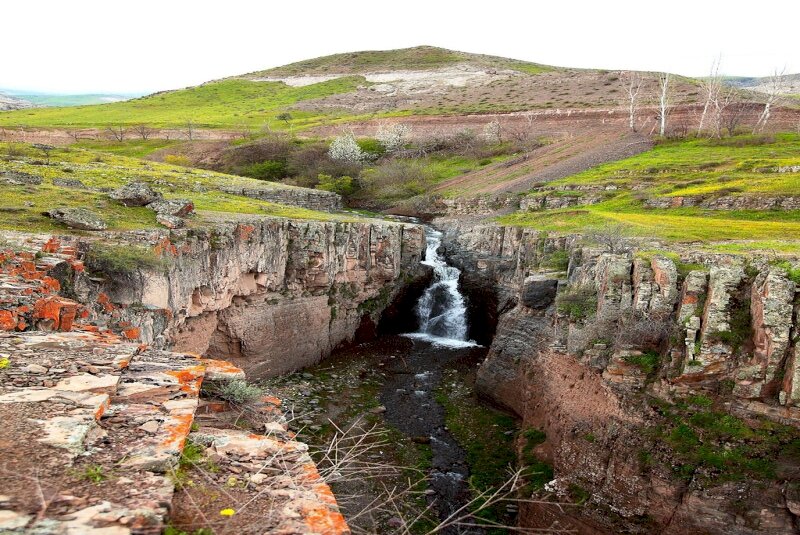Ancient Germi looks to attract more eco-travelers, archaeology buffs

TEHRAN – The ancient town of Germi hopes to position itself as a top-tier tourist destination in a bid to attract more domestic and international visitors by renewing tourism infrastructure.
A budget of 15 billion rials ($357,000 at the official rate of 42,000 rials) has been allocated to enhance tourism infrastructure in Germi, which is located in northwestern Ardebil province, Germi tourism chief Ali Hosseinzadeh said on Wednesday.
The development program is expected to bring more economic prosperity to the region, the official said.
The culturally-rich Germi and its surrounding lands have long been destinations for avid archaeology buffs and eco-travelers. Over the past couple of years, some seasons of excavation have been carried out in Germi and other villages nearby.
In November 2018, Iranian researchers discovered an Iron Age tomb in Germi, dating back to a time between 2500 to 3000 years ago, belonging to a child who was between 5 and 7 years old. It was unearthed in a survey aimed to probe the history of settlements in Yel Suyi, a ruined site majority of which is associated with the early Islamic era.
In December of the same year, several relics, dating back to Seljuk (1037–1194) and Il-Khanid (1256–1335/1353) eras, were unearthed in the vicinity of Alajouq fortress in Germi county.
Ardebil province is believed to be as old as the Achaemenid era (ca. 550–330 BC). Sources say that due to its proximity to the Caucasus, Ardabil was always vulnerable to invasions and attacks by the mountain peoples of the Caucasus as well as by the steppe dwellers of South Russia past the mountains.
During the Islamic conquest of Iran, Ardabil was the largest city in north-western Iran, ahead of Derbent, and remained so until the Mongol invasion period.
ABU/AFM
